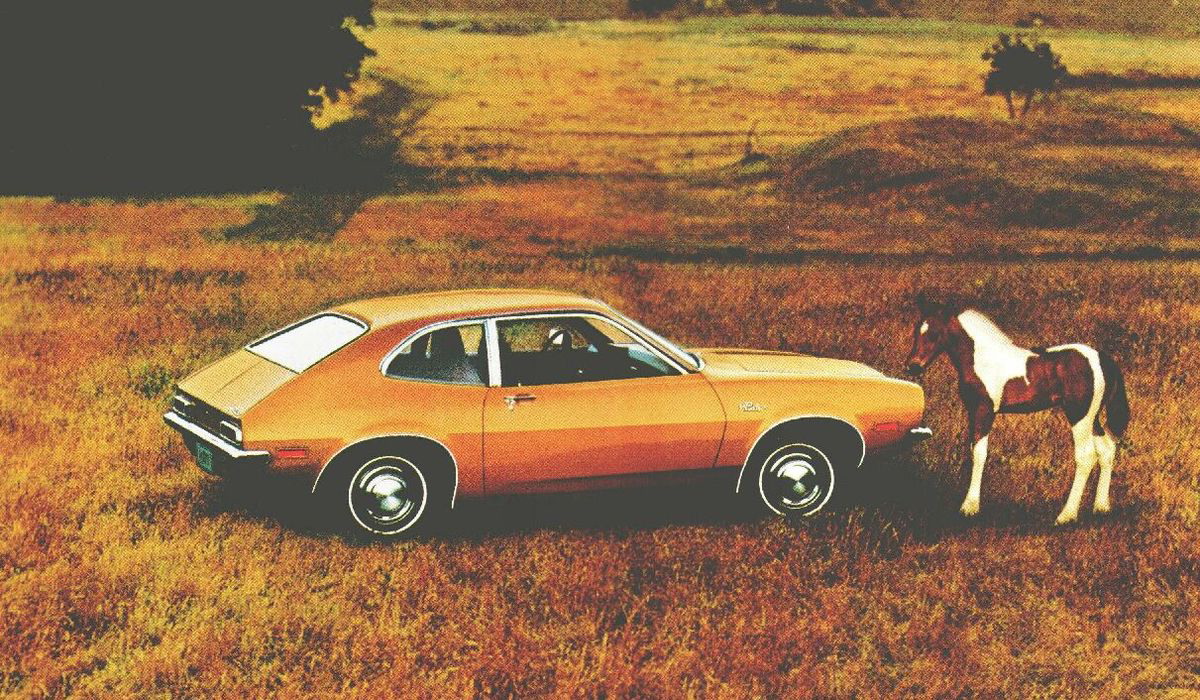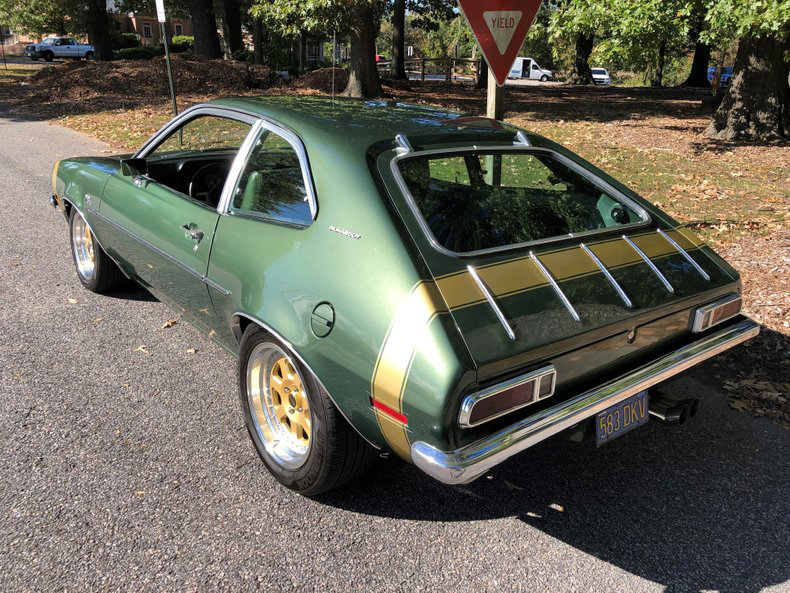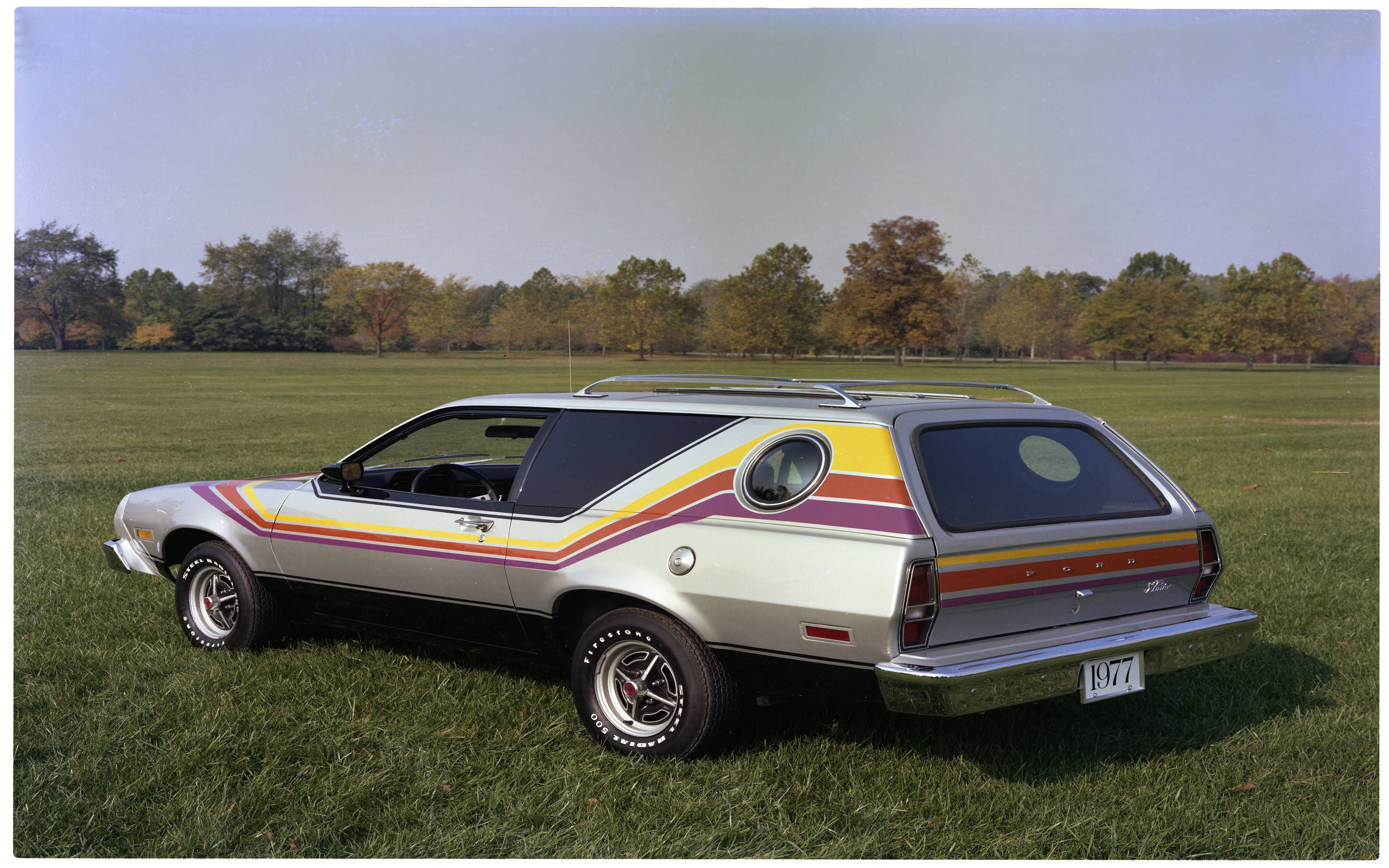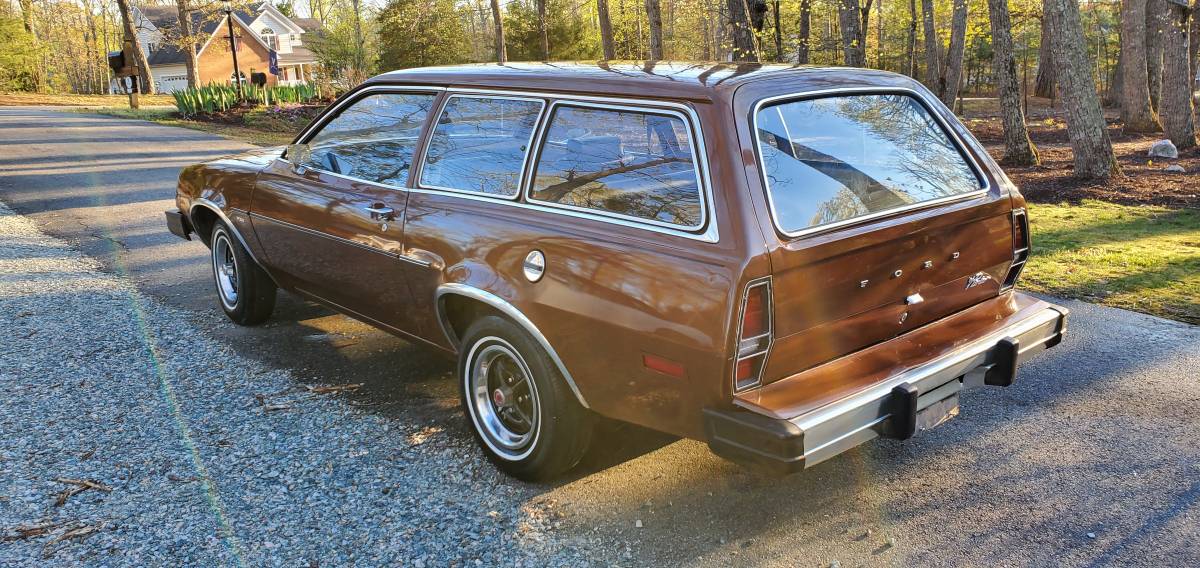
Ford Pinto 50 years later: Love it or Hate it, the Subcompact was Popular and Made an Impact
Playing on the equine theme that starred Mustang (possibly named after the P-51 Mustang fighter plane) and included Bronco and Maverick, Ford launched the Pinto subcompact in 1970 for the 1971 model year. Marketed to combat Euro and Japanese compacts, Pinto was created as Ford’s smallest model, under the guidance of Blue Oval president Lee Iacocca, who mandated a 1971 model that weighed under 2000 pounds and cost less than $2000 (US). From concept to delivery, Pinto, internally called “Lee’s car,” took only 25 months – industry average was 43 months – and its production of 3 million vehicles in 10 years, far exceeded that of its American subcompact competition – Chevy Vega and AMC Gremlin.
Pinto was popular with public, branded as “The little carefree car,” and its entry model sold for $1800, to help generate sales of 352,402 for its 1971 run and a high of 544,209 for model-year 1974.
 During production, Pinto was subjected to a battery of crash tests and while the results were less than stellar – fuel leaks that required minor retooling – to save production time and costs, Ford chose to continue with the design at hand until new National Highway Traffic Safety Administration (NHTSA) testing rules were to come into play in 1977.
During production, Pinto was subjected to a battery of crash tests and while the results were less than stellar – fuel leaks that required minor retooling – to save production time and costs, Ford chose to continue with the design at hand until new National Highway Traffic Safety Administration (NHTSA) testing rules were to come into play in 1977.
A design error occurred when, in an effort to create more interior room in the subcompact, Pinto’s steel fuel tank was located behind the rear axle and in front of the bumper, which made it subject to rear-impact fuel spills and fires.
Pinto thrived and was popular with the public, despite some negative critiques by the media. Despite a high-profile accident involving a Pinto in 1972, in which a driver was killed and a 13-year-old passenger suffered third-degree burns over 90-percent of his body after the car was struck from behind at an estimated speed of 30 mph, Pinto sales and reception were solid. The shine came off the horse in 1977, when the accident case went to trial, and Mother Jones magazine printed an article labeling Pinto: a “firetrap” and a “lethal car,” citing 500 to 900 fatal Pinto fires. While some of the article information was exaggerated or incorrect, and while fire-related deaths involving Pinto did reach 27 at the time of the trial (a total consistent with other subcompacts on the market), the course had been set, sensationalistic and inaccurate stories proliferated, and the public grew skeptical of Pinto.
Prior to the falling out, Pinto had its fans – and it still does. A 10-year-run made it a classic. Over its decade, Pinto was offered as a 2-door sedan, 2-door sedan delivery, 2-door station wagon and 3-door hatchback. For its first five years, Pinto was outfitted with 4-cylinder engines that ranged from 1.6 liters to 2.3 liters and delivered from 75 hp to 100 hp – adding a 103-hp 2.8-liter V-6 in 1976. Decently quick for the era genre, early Pintos were timed in 10.8 seconds for a zero-to-60mpg sprint.
 From a design perspective, the fastback sedan was the first body style, but the 1971 Runabout hatchback might have been the most iconic Pinto, launched in February 1971. The hatchback featured exposed chrome hinges for the liftgate and five decorative chrome strips, pneumatic struts to assist in opening the hatch, a rear window approximately as large as the sedan's, and a fold-down seat. The original Pinto measured 163 inches long, 69.4 inches wide and 50 inches high on a 94-inch wheelbase, and by 1972, the hatch was redesigned, with the glass portion of the hatch enlarged to almost the entire size of the hatch itself. Also in 1972, Pinto debuted its station wagon, Ford’s first two-door wagon since its 1965 Falcon. The wagon stretched to 172.7 inches long and came with a 2.0-liter engine, flip-open rear windows and faux wood side paneling for its Pinto Squire trim level.
From a design perspective, the fastback sedan was the first body style, but the 1971 Runabout hatchback might have been the most iconic Pinto, launched in February 1971. The hatchback featured exposed chrome hinges for the liftgate and five decorative chrome strips, pneumatic struts to assist in opening the hatch, a rear window approximately as large as the sedan's, and a fold-down seat. The original Pinto measured 163 inches long, 69.4 inches wide and 50 inches high on a 94-inch wheelbase, and by 1972, the hatch was redesigned, with the glass portion of the hatch enlarged to almost the entire size of the hatch itself. Also in 1972, Pinto debuted its station wagon, Ford’s first two-door wagon since its 1965 Falcon. The wagon stretched to 172.7 inches long and came with a 2.0-liter engine, flip-open rear windows and faux wood side paneling for its Pinto Squire trim level.
From 1974-1978, the big design change was the addition of federally mandated 5mph bumpers. A 2.3-liter engine option was added, and in 1975, a 2.8-liter V-6 was offered, and the Mercury Bobcat (a rebadge) was marketed. In 1976, Pinto tweaked with an egg crate grille and chrome headlamp bezels, and the Stallion cosmetic package provided black two-tone accent paint offered in red, yellow, silver, and white body colors, while the Runabout Squire tweaked up with wood-grain vinyl bodysides like the Squire wagon.
 In 1977, Pinto styled up with slanted back urethane headlamp buckets, parking lamps, and grille. Runabouts got an optional all-glass rear hatch and the Pinto Cruising Wagon, sedan delivery made the line-up, with round side panel “bubble windows” and a choice of optional vinyl graphics.
In 1977, Pinto styled up with slanted back urethane headlamp buckets, parking lamps, and grille. Runabouts got an optional all-glass rear hatch and the Pinto Cruising Wagon, sedan delivery made the line-up, with round side panel “bubble windows” and a choice of optional vinyl graphics.
For 1978 Pinto was redesigned, as it moved away from its similarity to Ford’s Maverick and became a modern Fairmont sibling with rectangular headlamps, inboard vertical parking lamps, and a taller slanted back grille. The interior was re-imagined, with a new rectangular instrument cluster and modified dash-pad for vehicles without the optional sports instrumentation. The V-6 engine was put to bed, and only the 2.3-liter 4-cylinder was offered.
 The final production year was 1980, as Ford Escort replaced Pinto in the Blue Oval lime-up. But for 10 years, Pinto was a huge part of American automotive consciousness, with 3,173,491 models built, but cut from the line well before its predicted 11-million-unit build-and-sale.
The final production year was 1980, as Ford Escort replaced Pinto in the Blue Oval lime-up. But for 10 years, Pinto was a huge part of American automotive consciousness, with 3,173,491 models built, but cut from the line well before its predicted 11-million-unit build-and-sale.
Ford had combated the ‘made in Japan” car trend and “Lee’s Car” made history … good and bad, for Ford, and gained fans as well as detractors during its controversial decade. Over the years they have been saved, restored, made into racers, dragsters, performance monsters and classic icons. They have certainly endured past their 10-year-run.
In 2021, the Carlisle Ford Nationals (June 4-6) celebrate the 50th birthday of the Pinto. With over 3 million made between 1971 and 1980, there are still many that make the car show circuit with dozens planned for this summer's event. Not only will the Carlisle Ford Nationals celebrate the Ford Pinto but also its Mercury sister, the Mercury Bobcat. Expect a very special showcase within Building T featuring the Pinto as well as even more Pintos and Bobcats on the National Parts Depot Showfield.
If you have a Pinto or Bobcat that fits this amazing theme, be sure to visit the event page direct at CarlisleEvents.com to learn more, apply for consideration, purchase tickets and more!
Mike Blake, former editor of KIT CAR magazine, joined Carlisle Events as senior automotive journalist in 2004. He's been a "car guy" since the 1960s and has been writing professionally for about 30 years.
Book with a preferred Hotel
Book online or call (800) 216-1876








Leave a commentOrder by
Newest on top Oldest on top